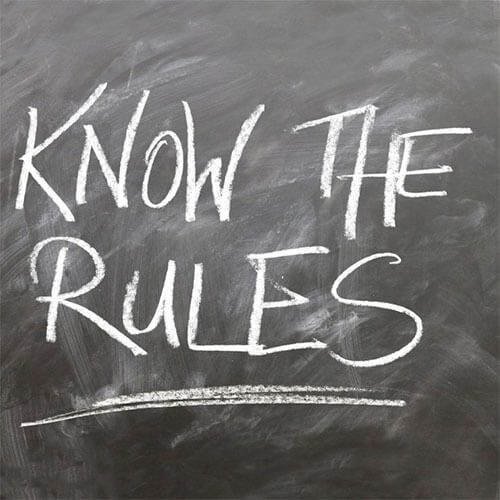Search engines also play an increasingly important role for small and medium-sized companies, especially when it comes to marketing. Search engines work on the principle that websites that present the most relevant content in relation to the user’s search appear at the top of the list. And the principle works: almost 90% of users only visit the first websites in the order. Ultimately, very few visitors click through to page 10 of the search engine if they find the same information on the first page.
For companies, the design of the website is just as important as presenting relevant content, which is optimized for search engines so that it can be evaluated. These measures fall under SEO. A distinction is made here between the categories OnSite, OnPage and OffPage. On-site measures mean the basic structure of a website so that it can be called up error-free from all end devices.
On-page optimization, on the other hand, summarizes the existing content of a website. This is about finding keywords for the site, because keywords are how customers find the site when they search. So it is important to keep an eye on keywords that are currently frequently searched for and not to mainly use them, since the competition is of course fierce.
More specific keywords can be beneficial here, but please no neologisms. It is checked whether the content matches the keywords and vice versa, so it is important to also offer the reader the content that is promised behind the keyword. Interesting keywords should also appear more frequently in texts and at the same time, ideally, be mentioned in the title – so the visitor knows directly what he is dealing with here.












